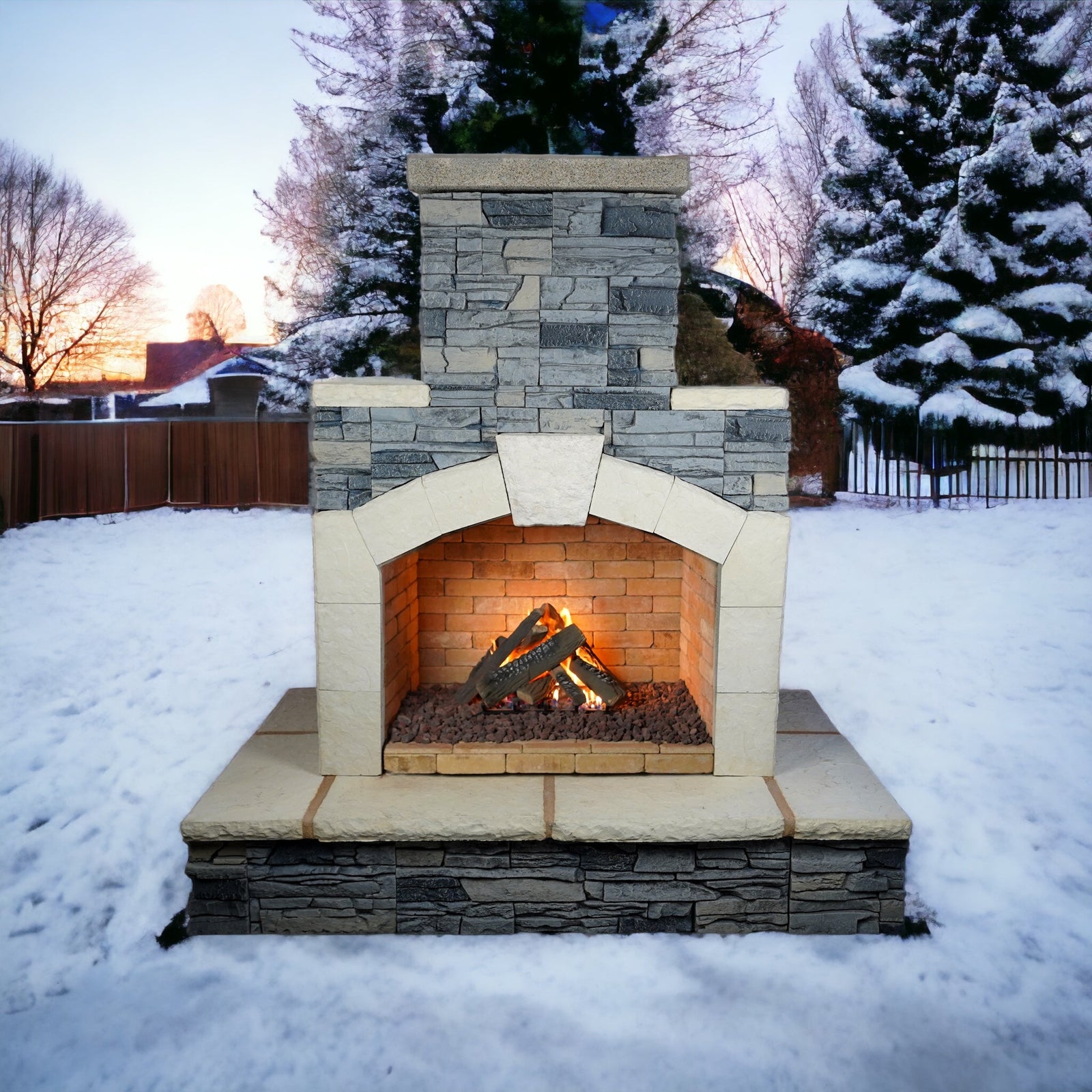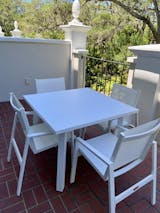Your Cart is Empty
Great island. Contact Drew to help you through the process!
Table and chair were delivered today. Product is amazing however there is crack on table top. Hope to get a replacement and update the review.
The Panama Jack Mykonos Collection has been a beautiful addition to my patio. Shipping was fast and customer service was great. I would definitely buy from BetterPatio again!
















